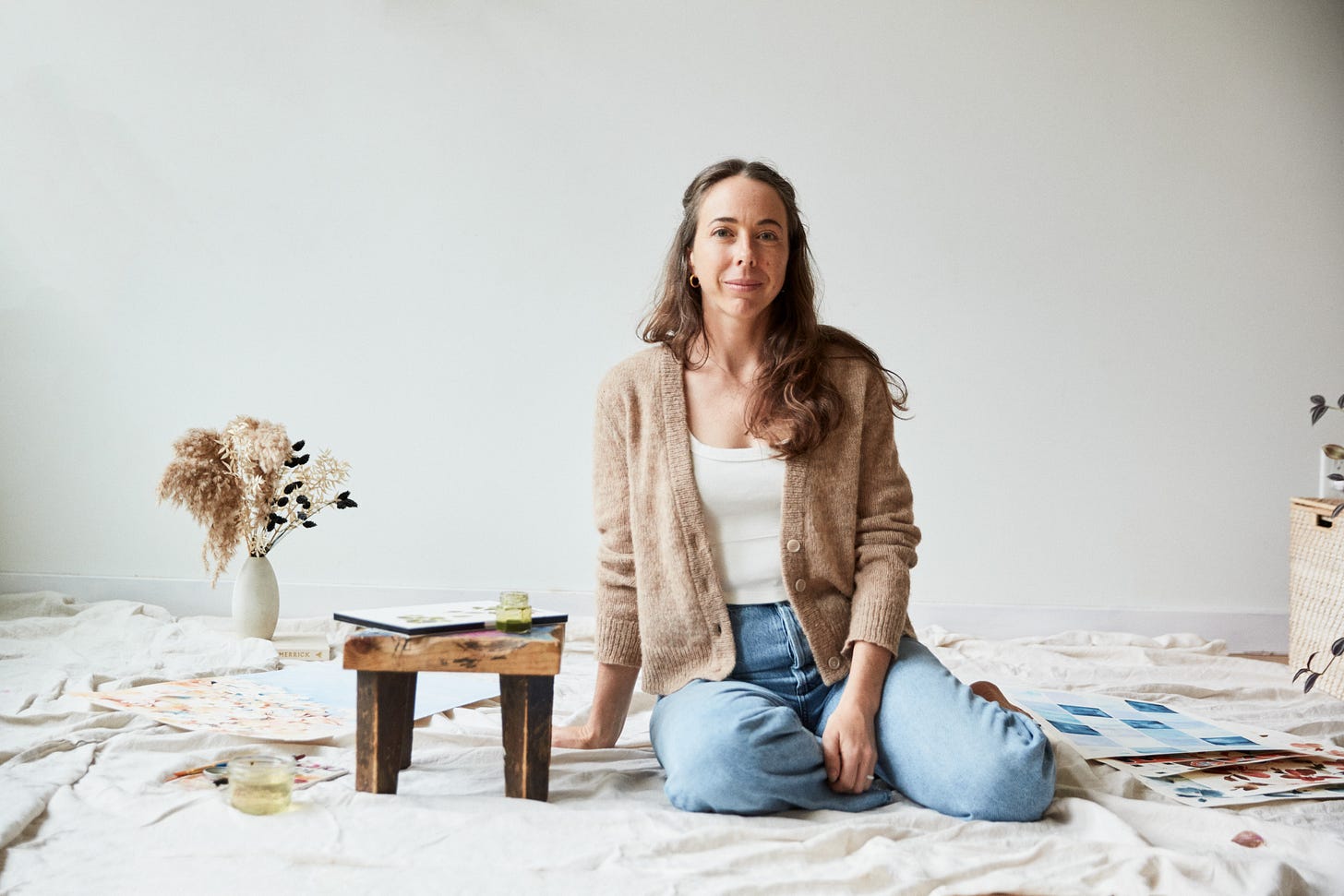How to Create a Ritual That Signals ‘Work Mode’ to Your Brain
Struggling to focus? A simple ritual can help you transition into creative work with ease.
Why Focus Feels Hard (and Why Rituals Help)
Shifting into deep creative work isn’t always easy—especially if your brain struggles with transitions.
If you have ADHD (like I do), you may find that getting started is often the hardest part. The mind resists, distractions creep in, and before you know it, you’ve checked your phone five times and reorganized your desk without actually creating anything.
The good news? Rituals can act as a bridge between distraction and focus.
By giving your brain clear, consistent signals that it’s time to work, you create a smoother transition into deep, engaged creativity. Think of it as warming up before a run—your body knows what’s coming next because you’ve trained it to expect movement.
Your brain works the same way. Give it the right cues, and it will start responding on autopilot.
I’ve spent years trying to force myself into focus, but when I finally leaned into the idea of ritual, everything changed. I stopped relying on sheer willpower and started using structure to my advantage.
What if, instead of trying to muscle through distraction, we set up a path that naturally leads us into focus?
Step 1: Clear the Noise (Literally and Mentally)
Before you can drop into a creative flow, you need to clear out distractions—both external and internal.
Tools that help:
Noise-canceling headphones or earplugs to block out ambient sounds.
Music without lyrics (ambient, instrumental, or nature sounds) to help maintain focus.
Setting your space—clearing clutter, preparing materials, and ensuring your setup feels inviting.
For me, limiting auditory distractions is huge. Putting on noise-canceling headphones and playing instrumental music makes a noticeable difference in how quickly I can focus.
The less my brain has to filter out, the easier it is to settle into creative work.
And it’s not just about sound. Visual clutter is just as distracting. If my desk is piled with papers, mail, or half-finished projects, my brain stays stuck in everything else mode. Taking 60 seconds to clear my space is often the difference between an aimless, distracted session and one where I actually get lost in my work.
Step 2: Create a Sensory Cue for ‘Work Mode’
Physical actions and sensory triggers can help reinforce the shift from everyday life to a focused creative state. By consistently pairing these cues with work time, your brain starts to associate them with deep focus.
Lighting a candle or using a specific essential oil scent.
Pulling your hair back—a small but effective physical cue that tells your brain it’s time to focus.
Putting on a specific sweater or wrapping yourself in a cozy blanket designated for work sessions.
These cues act as signals that it’s time to start. The more consistently you use them, the stronger their effect becomes.
I used to roll my eyes at the idea of lighting a candle before working—how could something so small make a difference? But once I started doing it, I noticed something shift. That tiny flicker of light became a cue for my brain: this is work time now. And before I knew it, I was settling in faster and feeling less resistance to starting.
Step 3: Ease In with a Watercolor Warm-Up
Jumping straight into work can feel overwhelming, so it helps to start with a simple, repeatable task. Watercolor warm-ups are my go-to ritual for easing in.
Repeating simple shapes like circles, lines, or waves to loosen up.
Painting shadows—a mindful practice that builds observation skills while easing into a creative flow. Here's a peek at some of my warm-up work.
I used to sit down and expect myself to dive straight into a finished piece, but then I would notice my brushstrokes started to change 10 minutes in and it was like a new person was painting. Warm-ups take the pressure off but it also allows me to come to my 'real work' with a consistent voice... not with all the shit going on in my day ;)
Step 4: Use a Closing Ritual to Reinforce the Habit
Just as a starting ritual helps you begin, a closing ritual signals that your work session is complete. This helps reinforce the habit and makes it easier to transition back into daily life.
Neutralizing your space—cleaning brushes, putting supplies away, and making your workspace inviting for the next session.
Reflecting on your session—jotting down a quick note about what worked and what you want to explore next time.
Stretching or taking a deep breath—a small, grounding action to close the loop.
I used to think I’d just “pick up where I left off” next time, but without a closing ritual, I’d often return to a cluttered space and an unfinished idea I barely remembered. Now, I take two minutes to reset my studio, jot down a thought or two, and make it easy to return. It makes all the difference.
Bringing It All Together
Rituals don’t have to be rigid or time-consuming—they just need to be intentional. Whether it’s noise-canceling headphones, a watercolor warm-up, or simply pulling your hair back, the key is to find small, repeatable actions that signal to your brain: it’s time to create.
If you struggle with focus, try adding just one of these steps to your routine. See how it feels, tweak as needed, and make it your own.
I’d love to hear—what’s one small ritual you can start today?
As always you’re shares and likes mean the world to me! If you’d like to dive deeper, consider subscribing for more ♡




